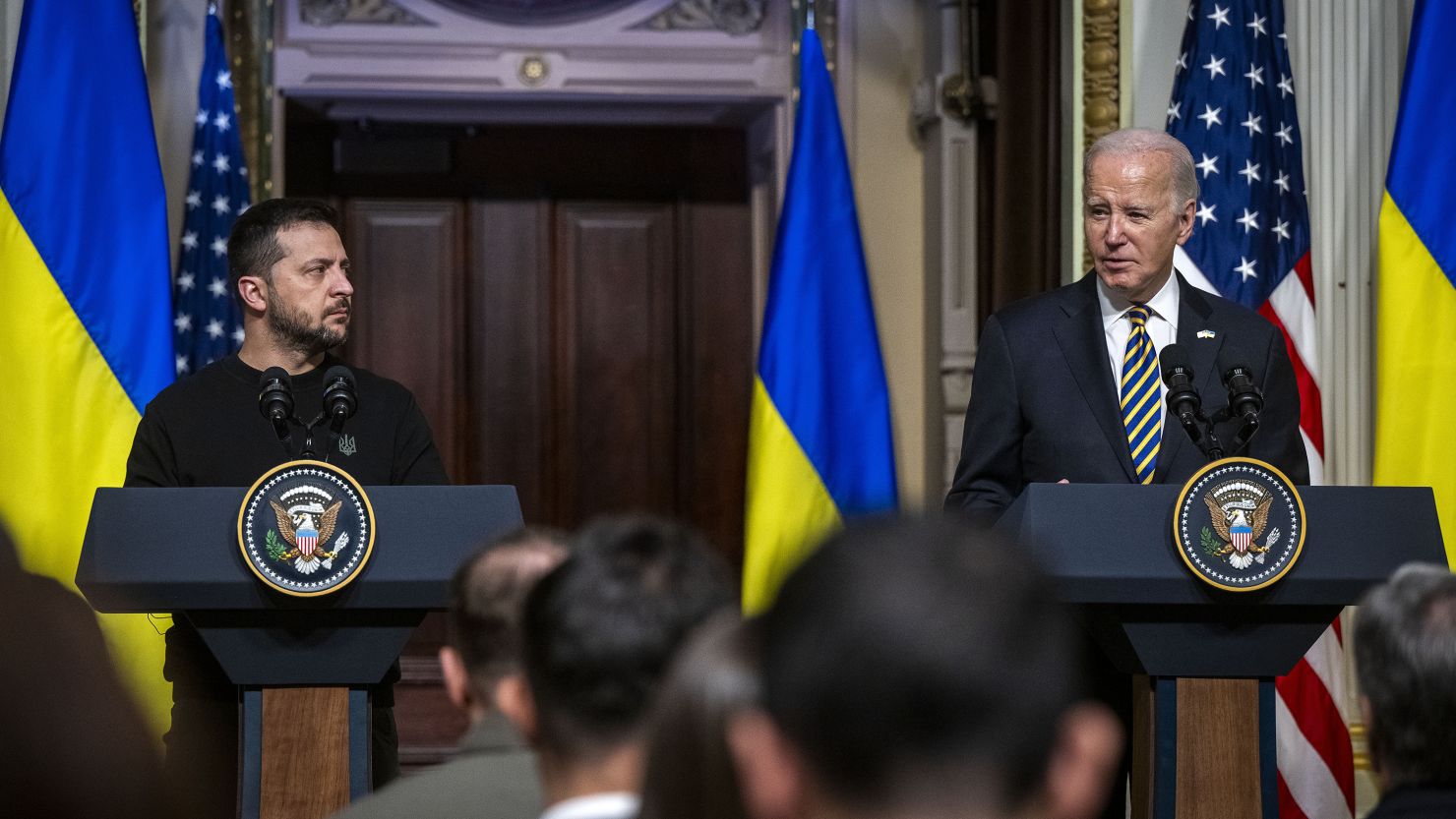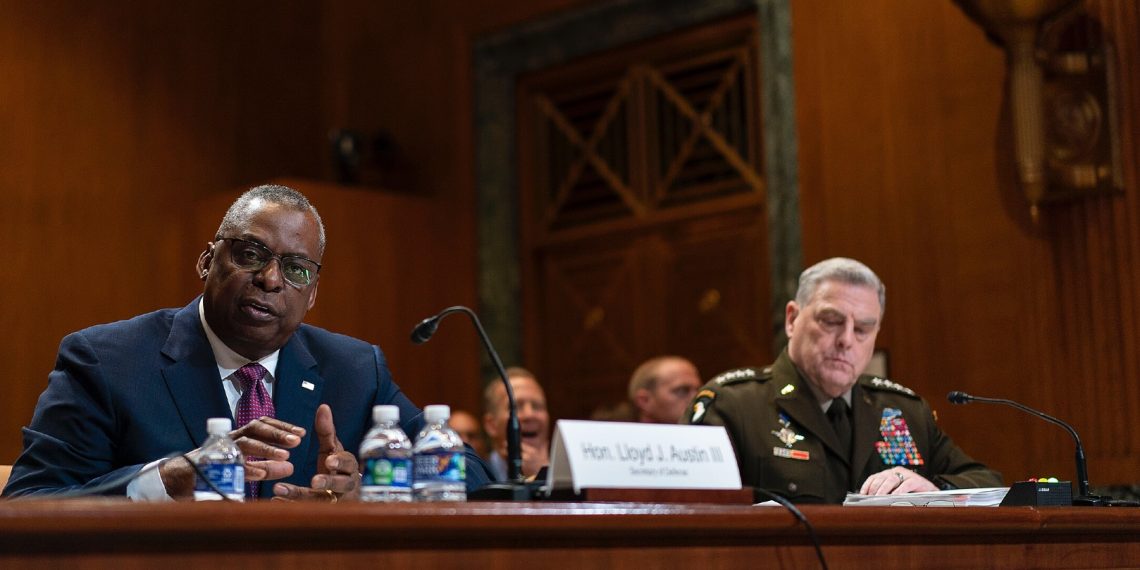A new report from a US government watchdog highlights the extensive oversight involved in managing Ukraine aid, with over 400 personnel engaged in the effort.
Since Russia’s invasion of Ukraine, Congress has allocated $113.4 billion for security, economic, and humanitarian assistance, along with support for an expanded US military presence in Europe and Ukrainian military training.
To supervise this interagency endeavor, inspectors general from the Defense Department, State Department, and USAID collaborate with 20 federal agencies and the Ukrainian government. More than 400 personnel across the US, Germany, Ukraine, and Europe audit and assess US assistance to Ukraine.
However, some Republicans, like House Speaker Mike Johnson, demand heightened oversight before approving additional funding. Despite the Senate’s passage of a $95.3 billion foreign aid package, its future in the House is uncertain due to concerns about insufficient oversight.
The report, issued by the Special Inspector General for Operation Atlantic Resolve, underscores the comprehensive monitoring efforts. Originating in 2014 during Russia’s annexation of Crimea, Operation Atlantic Resolve expanded significantly after Russia’s full-scale invasion of Ukraine in 2022.
The Defense Department’s Inspector General employs over 200 staff members for Ukraine oversight, with additional personnel stationed in Europe. The State Department and USAID watchdogs contribute over 100 and 80 staff, respectively, with some stationed in Kyiv.

Collaborating with Ukrainian authorities, law enforcement agencies investigate misconduct that may jeopardize US aid. The watchdogs established the Ukraine Fraud and Corruption Investigative Working Group, resulting in 57 investigations and two convictions for corrupt practices related to aid to Ukraine.
Moreover, the report outlines Russia’s reliance on foreign aid for its war effort, with North Korea and Iran allegedly providing weapons and military equipment. Iran reportedly considered supplying ballistic missiles to Russia, indicating complex dynamics surrounding the conflict’s financing and weaponry.




